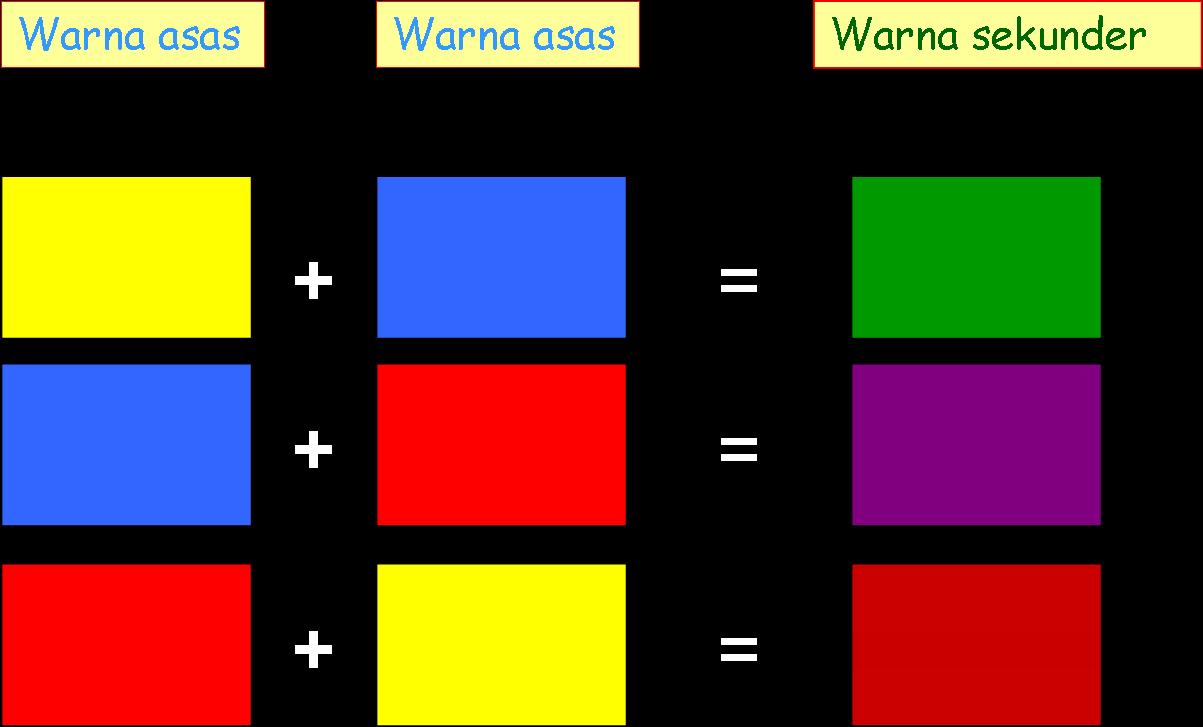Unlocking the Secrets of Yellow: What Colors Make Yellow?
Ever stared at a sunflower and wondered how nature concocts such a vibrant yellow? Or maybe you're an artist struggling to mix the perfect shade for your next masterpiece. The question of what colors make yellow might seem simple, but it's a gateway to understanding the fascinating world of color theory.
Yellow, a primary color in the subtractive color model (used in painting and printing), isn't created by mixing other colors. This means you can't physically blend pigments to produce pure yellow. Instead, yellow is one of the building blocks from which other colors are derived. However, in the additive color model (used in light, like on screens), yellow *is* a secondary color, formed by combining red and green light. This distinction is crucial for understanding how we perceive and create this sunny hue.
Historically, yellow pigments were derived from natural sources like ochre, saffron, and turmeric. These materials provided a limited range of yellows, each with its own unique characteristics. The development of synthetic pigments revolutionized the art world, offering artists a broader spectrum of vibrant, stable yellows.
The significance of yellow spans cultures and centuries. It's often associated with joy, optimism, and intellect. In some cultures, it represents royalty or sacredness. Conversely, yellow can also symbolize caution, deceit, or cowardice. Understanding these diverse connotations reveals the complex cultural history embedded within this seemingly simple color.
One of the main issues related to achieving the "perfect" yellow involves understanding the limitations of different mediums. Paints, dyes, and digital displays all handle color differently, making it essential to adapt your approach based on the medium. The specific pigments or light sources used can also impact the final yellow achieved.
Let's delve into the practicalities. For digital artists, manipulating red and green light values is key to creating yellow on screen. Painters, on the other hand, rely on selecting the right pre-mixed yellow pigment or utilizing yellow's complementary color, purple, to create contrast and visual interest.
Achieving specific shades of yellow, like lemon yellow or golden yellow, requires a nuanced understanding of color mixing. While pure yellow can’t be mixed from pigments, slight variations can be achieved through careful blending. Adding a touch of white can create a paler yellow, while adding a bit of orange or red can shift it towards warmer tones.
A deeper understanding of how yellow functions can dramatically enhance your artistic endeavors and even everyday observations. Knowing that screens create yellow by blending red and green light allows for finer control in digital design. For traditional artists, recognizing that yellow is a primary color in painting informs pigment choices and mixing strategies.
Think of the challenges faced when painting a sunlit scene. Understanding how yellow interacts with light and shadow, and how to mix subtle variations of yellow to achieve depth and realism, are crucial for capturing the scene’s essence. This applies not only to fine art but also to fields like design, photography, and even everyday color choices in clothing or home decor.
For those working with light, the additive color model becomes essential. Imagine designing stage lighting for a theatrical production. Combining red and green spotlights can create a vibrant yellow wash, adding to the mood and atmosphere of the performance. These principles also apply to digital screens and other technologies that utilize light to create color.
Advantages and Disadvantages of Working with Yellow Pigments
Here's a handy table summarizing the pros and cons:
| Advantages | Disadvantages |
|---|---|
| Bright and cheerful | Can be overpowering if used excessively |
| Creates a sense of warmth | Certain yellow pigments can be fugitive (fade over time) |
| Works well with a wide range of colors | Can be difficult to mix consistently |
Frequently Asked Questions:
1. Is yellow a primary color? In paint, yes. In light, no.
2. How do I make yellow brighter? Surround it with darker colors.
3. Can I mix yellow from other colors in painting? No, it's a primary pigment color.
4. What colors harmonize well with yellow? Blues, greens, and some shades of purple.
5. What is the significance of yellow in different cultures? It varies, from representing joy to caution.
6. Why do some yellow paints fade? Certain pigments are less stable.
7. How is yellow created on a computer screen? By mixing red and green light.
8. What's the difference between yellow in paint and yellow in light? One is a primary pigment color; the other is a secondary light color.
Tips and Tricks: When using yellow in design, consider its psychological impact. Too much yellow can be overwhelming, while a touch can brighten and energize a space.
In conclusion, understanding the nuances of yellow, from its historical uses to its digital representation, empowers us to wield this vibrant color effectively. Whether you're an artist, designer, or simply curious about the world around you, knowing how yellow is created and the multitude of ways it can be used opens up a spectrum of creative possibilities. Yellow, a primary color in painting and a secondary color in light, holds a powerful presence in our visual world. Its vibrant nature and symbolic weight impact everything from art and design to cultural expressions. By understanding its origins, applications, and limitations, we can appreciate the full potential of this radiant hue. Explore its variations, experiment with its interactions with other colors, and unlock the power of yellow in your own creative endeavors. Start experimenting today, and see where the journey takes you!
Unlocking bucks county court records your guide to docket searches
Freshening up your stucco a guide to behr premium plus exterior paint
Decoding medicare part b medical coverage










